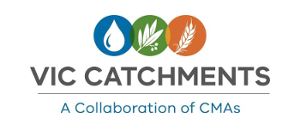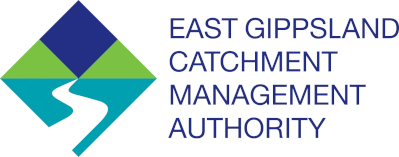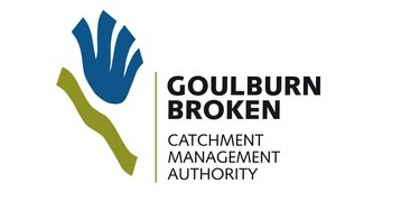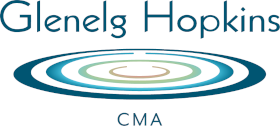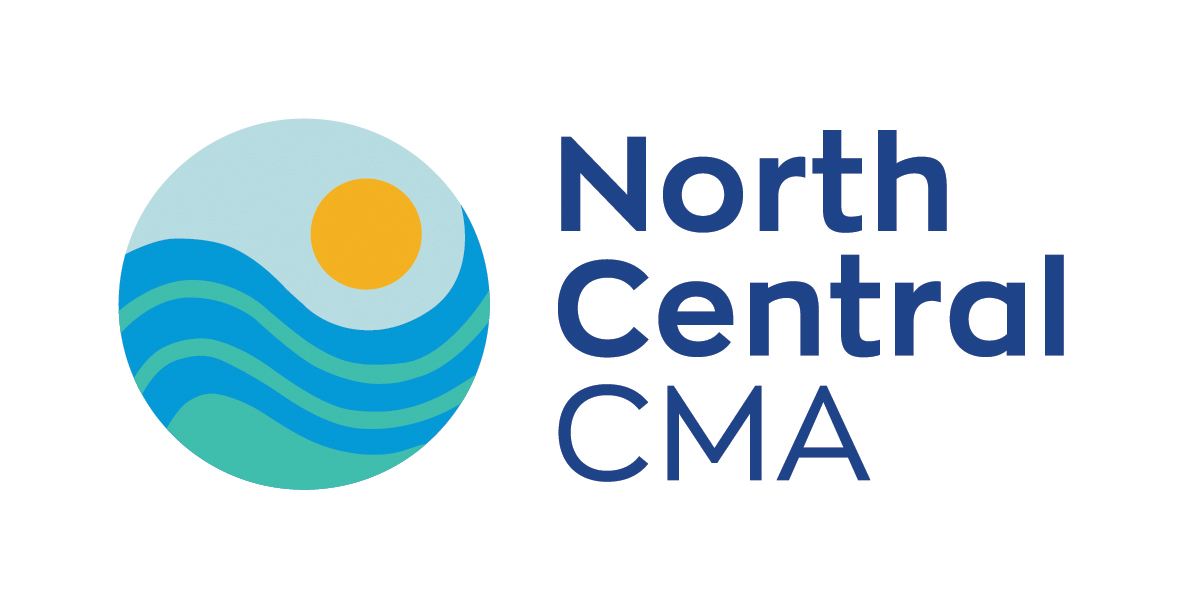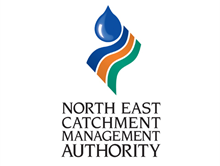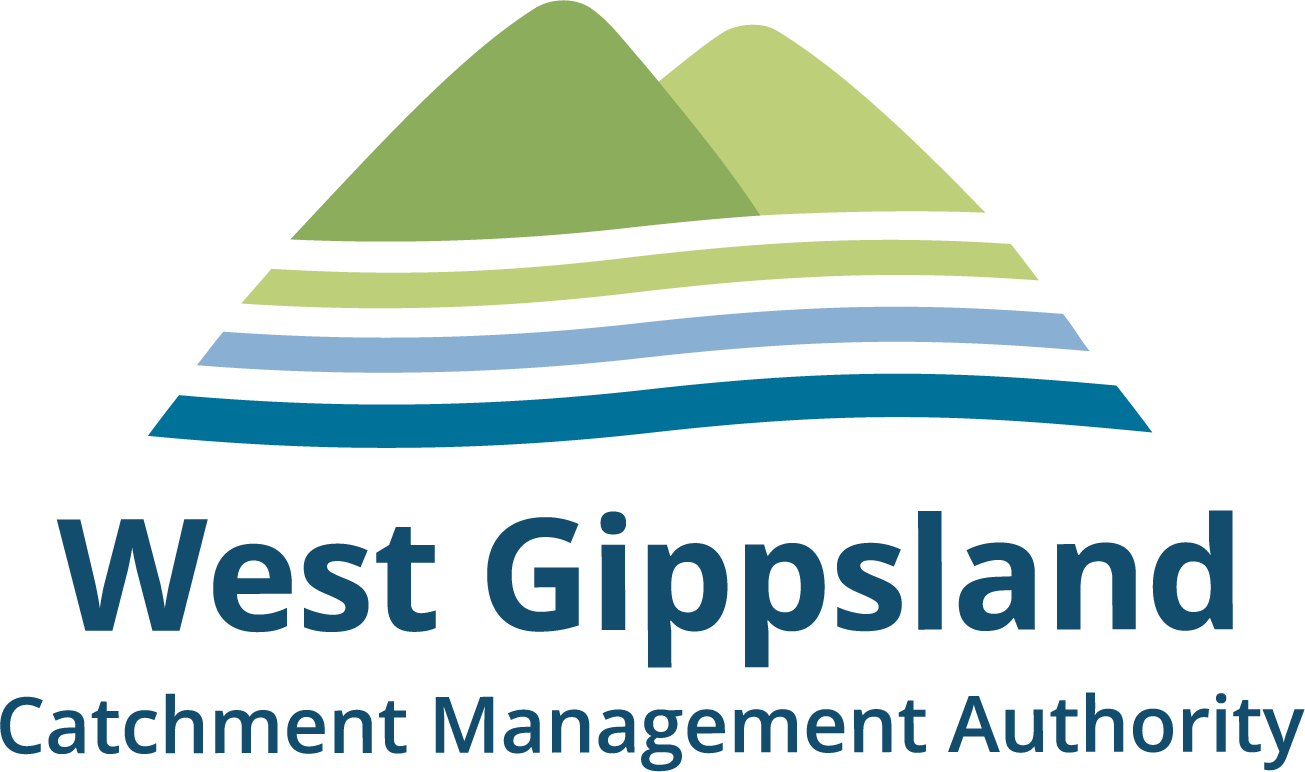Victorian Regional Catchment Strategy
In recognition of the inter-connectedness between people and nature, for the past 25 years Victoria’s 10 Catchment Management Authorities have each led development of a Regional Catchment Strategy for their region.
The strategies are required by the Catchment and Land Protection Act 1994. They bring government, organisations and communities together and guide their collective efforts to protect and improve the health of the land, water and biodiversity resources that are vital for vibrant, prosperous and sustainable communities and environments.
Climate Ready Natural Resource Management Planning in Victoria
The NRM Climate website provides regional natural resource management planning for climate change information developed by each of the ten Catchment Management Authorities across Victoria.
Information includes regional climate change projections, potential impacts of climate change on natural resources, priority areas for climate change adaptation, carbon sequestration and management opportunities.
Carbon Farming Outreach Program
CEO Lead: David Brennan (Wimmera CMA)
Funded by: Funded by the Australia Government, Vic Catchments (via CMAs), in partnership with Agriculture Victoria and Landcare Victoria
Overview: The Carbon Farming Outreach Program is delivering training programs that ensures that farmers and land managers across Victoria have access to free and trusted information and resources on carbon farming, including:
- What is carbon farming?
- Carbon farming benefits and risks
- Sources of on-farm emissions and options to reduce emissions and store carbon
- Calculating emissions and carbon storage for your property
- Planning, reporting and monitoring carbon farming activities
- Understanding carbon credit markets and opportunities from carbon credits.
May 2025: Workshops are being held. Despite a strong start numbers are now lower than expected, due to dry conditions. We are looking at opportunities for rebranding to help increase numbers.
September 2025: Delivery continues with a number of engagement events having been delivered or planned. As the program is at the halfway stage, project leaders are commencing discussions with each CMA about progressing to the final delivery of the project.
Fire Management Project
CEO Lead: Bec Hemming (East Gippsland CMA)
Funded by: Vic Catchments
Overview: Vic Catchments is exploring risks and impacts of large-scale high intensity fires to Victorian water and catchments, community and biodiversity. We are exploring CMAs role in community collaborative approaches to support DEECA in its function. We are also looking at how plans such as Regional Waterway Strategies can play a role in identifying assets at risk from fire and the actions required to mitigate these threats. Bec and our consultant have developed a draft directions statement which has been shared with CMAs and stakeholders.
March 2025: The Vic Catchments Workshop on the risks and impacts of fires to Victorian catchments and communities will be held on the 26th March 2025 in Melbourne. The workshop will examine the impact of fires and water and catchments, community and biodiversity. It will also explore desired outcomes and directions which seek to improve outcomes. It will also discuss how CMA play a role in a community collaborative approach to support DEECA in its role. The workshop will be attended by CMAs, DEECA, a number of experts and key partners.
June 2025: We hosted the very successful ‘Risks and impacts of fires to Victorian catchments and communities workshop on the 26th of March in Melbourne. It was a fantastic workshop and a great model for how we might tackle big integrated catchment management issues in the future.
September 2025: Bec Hemming and Ewan Waller from East Gippsland CMA presented a paper to Vic Catchments, providing clarity around the proposed role of Victorian CMAs in fire management. The paper will be used internally by CMAs; and shared with partners agencies as a discussion point on working together at different stages of fire management. It is not proposed to be prescriptive and offers CMAs guidance. Vic Catchments supported the paper and agreed to host an annual fire management briefing.
Water Cycle Adaptation Project
CEO Lead: Adam Bester (Glenelg Hopkins CMA)
Funded by: DEECA – $1.5million
Overview: Support the implementation of CMA-led on-ground, practical projects that both responds to current CMA adaptation priorities and progresses water cycle adaptation outcomes for Victoria. Current CMA adaptation priorities have been established through the statewide gap analysis, and current water cycle adaptation outcomes are identified in the 2022-2026 Victorian Water Cycle Adaptation Action Plan. This project will invest $1.15M for CMAs to implement water cycle adaptation projects.
March 2025: Seven applications for priority projects were received in early February, with the selection panel meeting in late February to assess and recommend projects for funding. Five projects have been approved, with final sign from DEECA pending some assurance checks and assessment panel conditions.
June 2025: All the water cycle adaptation projects have been approved and contracts in place. They are due for completion in September 2026.
September 2025: Five CMA pilot projects have all commenced. The use of the remaining funding Was approved for CMA training and development opportunities in climate adaptation. These included a CMA climate change conference in 2026, regional climate change workshops and an online playbook in climate adaptation, accessible to CMA staff.
Natural Capital Approach Project
CEO lead: Brad Drust (North Central CMA) / Carl Walters (Goulburn Broken CMA)
Funded by: DEECA Water and Catchments and DEECA Biodiversity
Overview: Vic Catchments are leading a project to explore future roles and opportunities for Catchment Management Authorities (CMAs) in natural capital, natural capital accounting, and nature markets. Consultants have been engaged to assist with delivery of the project.
March 2025: CMA project directors have conducted interviews with all CMAs to understand the current state of play (i.e. existing work in this area and views on issues and opportunities) and interviews with DEECA are underway. The outcomes of this background information gathering, along with the research conducted by our consultants will be presented in a paper prior to a planned workshop.
June 2025: The workshop has been scheduled for 11 June 2025, hosted at Melbourne Water. Invitations have been sent to staff representatives within each CMA. The workshop will bring together research and focus on identifying opportunities for CMAs individually and collectively.
September 2025: A draft report was prepared by Natural Capital Economics (Alluvium) and presented to CMA CEOs for discussion along with arrangements and resources to progress next steps.
The report addresses nine key questions and includes key actions for the CMAs to consider and pursue collectively if they choose. The collective actions include:
- Developing a value proposition for natural capital in Victoria.
- Sharing capacity building and learnings from natural capital projects and pilots across the state.
- Exploring strategies to identify readily available sources of data and improve existing data collection processes.
- The CMA CEOs have agreed to develop an approach to disseminate information in the report to partners
National Soils Monitoring Program
CEO lead: Davide Brennan (Wimmera CMA)
Funded by: Australian Government
Vic Catchments has partnered with CSIRO for CMAs to carry out the field component of the Department of Agriculture, Fisheries and Forestry’s (DAFF) National Soil Monitoring Program (The Project). This includes soil sampling, soil characterisation, collection of site information, land use land management practices and Landholder engagement. The purpose of the Project is to monitor agreed national soil health indicators and to use the data to help understand soil condition and trend. The data will support stakeholders to make evidence-based decisions to improve soil health at a range of scales. This will also empower farmers to prioritise their soil health and strengthen their soil knowledge and capability, increasing stewardship of their land and providing the tools to restore, improve and maintain soil health. CMAs will sample 406 sites across Victoria as part of a national sampling program across 3000 sites.
March 2025: CSIRO is keen to conduct training of 4-5 people who could then train others. The first stage of training is likely to commence in March/ April.
June 2025: 120 sites will need to be sampled before the end of this financial year. It is proposed the southern CMAs work together to sample those first 120 sites in what can be considered a pilot project to bed down the process. The remainder of the sites could be sampled in the next financial year.
Training has kicked off, with the first session with five CMAs. There has been positive feedback and CMAs have started to deliver the program, with all equipment being purchased.
September 2025: Collecting soil samples continues, with over 70 samples collected across Victoria so far. Five CMA currently actively collecting soil samples, the number of CMAs collecting soil samples is staged as we are sharing sampling equipment across the state in a coordinated manner.
